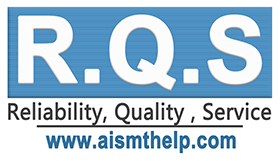What is reflow soldering and what is lead-free reflow soldering!
Lead free reflow soldering is also called lead-free reflow furnace. It belongs to reflow soldering. Early reflow solders were all made of lead containing materials. With the deepening of environmental protection, people pay more and more attention to lead-free technology. The material, especially the solder, has the largest change. In terms of technology, welding technology has the greatest impact. This is mainly caused by the characteristics of solder alloy and the difference of corresponding fluxes.
For the sake of environmental protection, lead will be strictly restricted in the 21st century. Although the use of lead in the electronic industry is relatively small, less than 1% of the total amount, it is also prohibited and will be phased out in the next few years. Reliable and economical lead-free solders are being developed. At present, many substitutes developed generally have a melting point temperature about 40C higher than that of tin lead alloy, which means that reflow soldering must be carried out at a higher temperature. Nitrogen protection can partially eliminate the oxidation and damage to PCB due to temperature rise. However, the industry probably has to go through this painful learning period to solve the problems encountered. The industry has applied this process as soon as possible, which has saved little time. Many of the furnaces used today are designed to operate at temperatures not exceeding 3000 C. For lead-free solder or non eutectic solder (used for BGA, double-sided boards, etc.), higher furnace temperatures are required, These new processes usually require the temperature in the reflux zone to reach 3500C-4000C. The design of the furnace must be changed to meet this requirement. The heat sensitive parts in the machine must be modified, or measures must be taken to prevent heat transfer to these parts.


